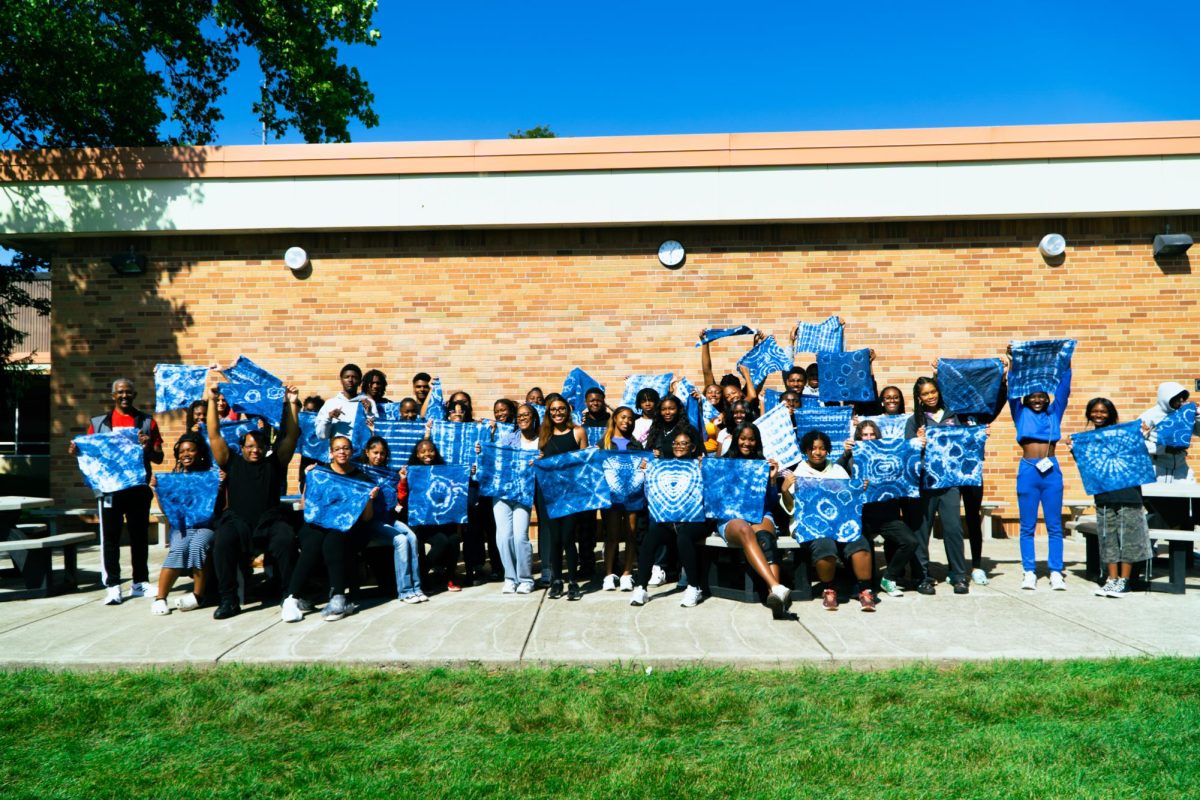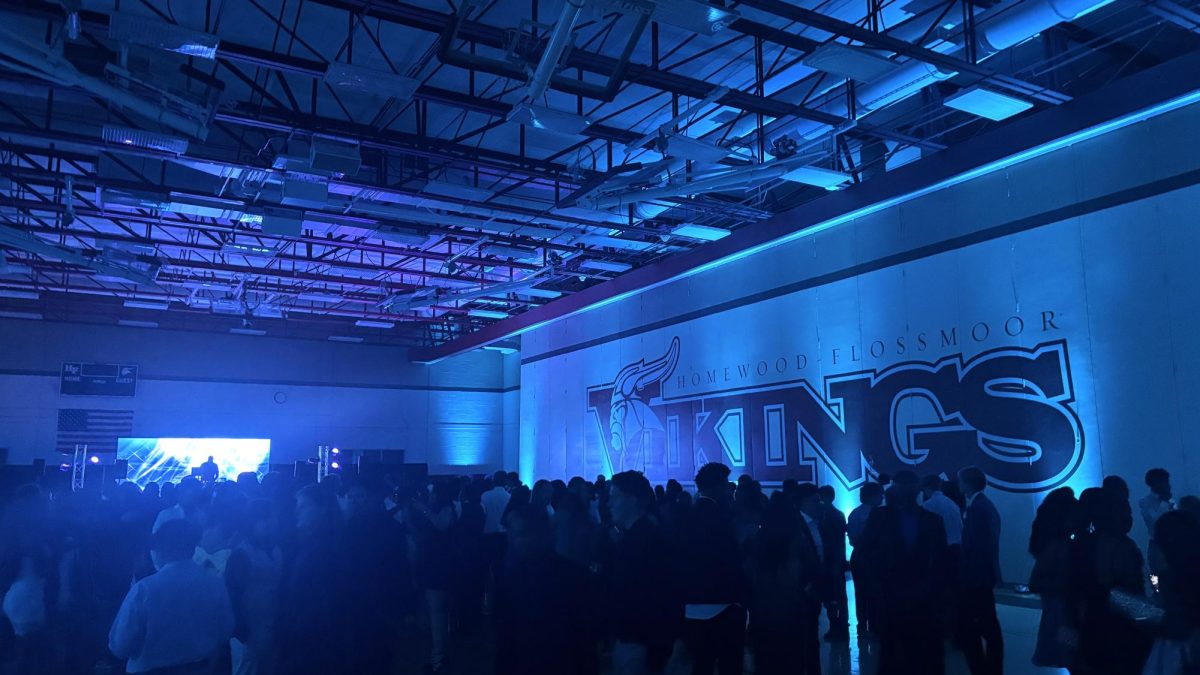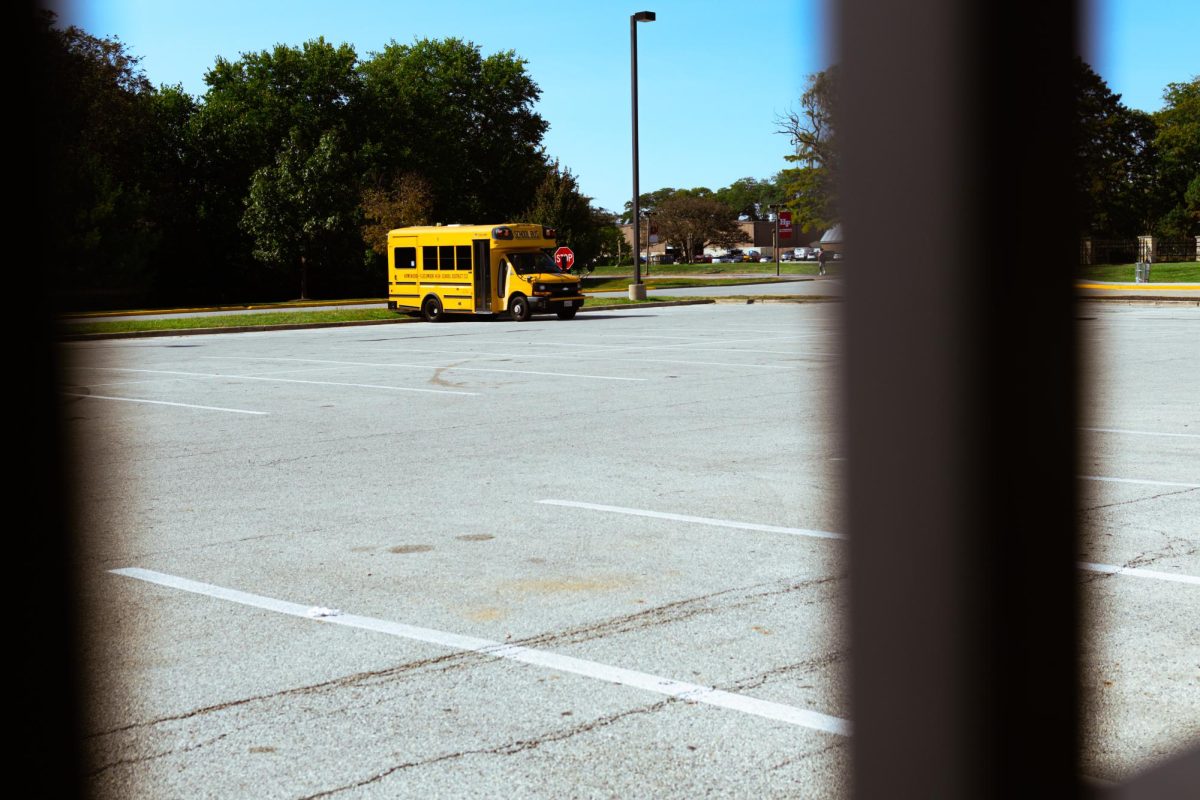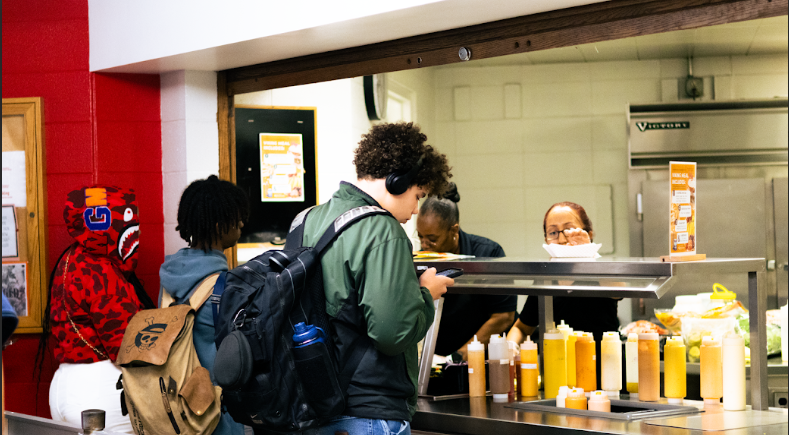When a student eats school breakfast or lunch, they should know what they’re putting in their bodies. At our school, however, the main meals in the cafeteria have not been accompanied by their nutritional values, including calories, fats, sodium, carbohydrates, and proteins, until now.
Lacking access to nutritional information makes tracking calories, macros and other similar metrics challenging for student-athletes or those focused on their daily dietary intake, making it difficult for them to stay on track with their goals. Granted, the school has provided a list of ingredients for all of their items, such as cookies. Despite this, students are still left in the dark regarding those vital nutrients.
Quest Food Management Services supplies meals, snacks and grab-and-go items for H-F students. Eduardo Campos, the food service general manager for H-F, claimed that “all grab-and-go items are [labeled] with ingredients and nutritional values.”
As a student, I didn’t remember this being true, so I took it into my own hands.
On Sept. 5, I went to the South Cafeteria and requested nutritional information for any food items, specifically the grab-and-go items, from each food station. The staff was not able to provide any information.
Almost a week following my questioning, on Sept. 11, the school posted an H-F FYI and emailed it to families titled, “HF FYI: Your Need-to-Know for Homecoming ’25 and Much More!” This included a QR code that linked to a database containing the nutritional content of the school lunches. Although this is a step in the right direction, several issues remain with the nutritional information provided.
While it is true that we now have an organized place to see the nutrients that we are putting into our bodies, there are still a plethora of commonly purchased foods that are not included in the database. Ironically, among these omitted foods are the grab-and-go, or Dash, items, including cookies, donuts, donut holes and many more.
H-F health teacher Cara Boss has previously conducted searches for nutritional content. She believes that this missing information is no coincidence. “I think that students would be shocked at the calorie, fat and sugar content of many of the items. Maybe not necessarily the [Daily Special], but [they would be shocked at] the smoothies [and] the cookies.”
Furthermore, the accessibility of the information is minimal. The only way to access the QR code that leads to the nutritional information is through that one H-F FYI. Let’s be honest here: How many students are checking their emails frequently enough to see that information, especially if it isn’t listed in the subject?
Boss believes that if the school won’t make the nutritional information accessible, then they should provide alternatives for students. “How about some microwaves [in the cafeteria]? Right? How about an incentive to bring more home lunches? It’s more economical for families, and it’s usually healthier,” Boss proposed.
So, what’s the solution with what we have? Although the school is on the right track, one or two more steps are necessary.
It’s simple: make the information more accessible. Post the nutrition facts, or at least the QR codes to them, on the food and on the bulletin boards around the cafeteria. Plus, why are we not including some of the most popular items in the nutritional content? Show the students what they’re fueling their bodies with. It’s their right.








